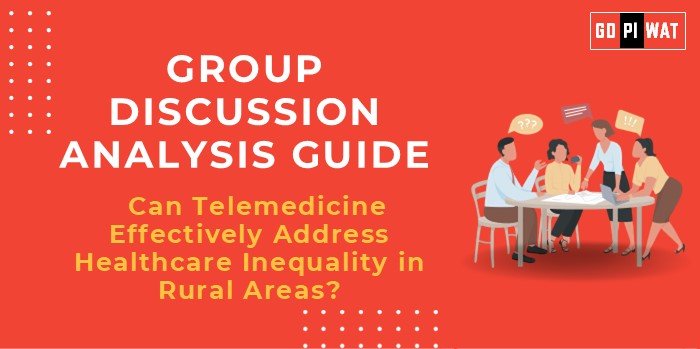📋 Can Telemedicine Effectively Address Healthcare Inequality in Rural Areas?
🌐 Introduction to the Topic
Telemedicine is revolutionizing healthcare by bridging the gap between urban and rural areas, offering a solution to long-standing healthcare inequalities. With digital technology enabling remote consultations, it addresses geographical, financial, and professional barriers in underserved regions.
📊 Quick Facts and Key Statistics
- 📉 Healthcare Access Gap: 60% of rural regions globally face a shortage of healthcare professionals (WHO, 2023).
- 📈 Market Growth: The global telemedicine market is projected to reach $396 billion by 2027, growing at 25.5% CAGR.
- 🇮🇳 India Context: 75% of India’s healthcare infrastructure is concentrated in urban areas.
- 📡 Digital Infrastructure: BharatNet has connected over 1.8 lakh gram panchayats with internet (2024).
- ✅ Case Success: India’s E-Sanjeevani has facilitated 145 million consultations.
👥 Stakeholders and Their Roles
- 🏛️ Government: Formulating supportive policies and investing in digital infrastructure.
- 🏢 Private Sector: Innovating platforms like Practo and Apollo 24/7 for teleconsultations.
- 👩⚕️ Healthcare Providers: Offering expertise through remote consultations and training.
- 🌍 NGOs and International Agencies: Funding and supporting rural health initiatives.
- 👨👩👧👦 Citizens: Embracing telemedicine solutions and spreading awareness.
✅ Achievements
- 🌟 Improved Access: Millions of consultations in rural India via telemedicine.
- 💰 Cost Efficiency: Reduced healthcare costs by up to 30% for rural patients.
- 🌍 Global Benchmarks: Rwanda’s drone-delivered telemedicine model sets an example.
⚠️ Challenges
- 📶 Digital Divide: Only 20% of rural households have stable internet access.
- 🤔 Trust Issues: Skepticism towards remote consultations in rural populations.
- ⚡ Infrastructure Gaps: Limited electricity and devices in remote regions.
📚 Case Studies
- 🇮🇳 E-Sanjeevani (India): Facilitated over 145 million consultations.
- 🇷🇼 Rwanda: Leveraged drones for medical supply delivery to rural areas.
🤝 Structured Arguments for Discussion
- 👍 Supporting Stance: “Telemedicine offers scalable, cost-effective solutions to rural healthcare challenges.”
- 👎 Opposing Stance: “Without robust infrastructure, telemedicine may widen the rural-urban healthcare divide.”
- ⚖️ Balanced Perspective: “Telemedicine is promising but requires addressing digital inequities and infrastructural gaps.”
💡 Recommendations
- 📡 Invest in Digital Infrastructure: Expand reliable internet and electricity in rural areas.
- 📘 Digital Literacy Campaigns: Educate healthcare providers and citizens on telemedicine benefits.
- 🤝 Public-Private Partnerships: Collaborate to build scalable and affordable solutions.
✍️ Conclusion
Telemedicine holds immense potential to address healthcare inequality in rural areas. While challenges like digital literacy and infrastructure persist, collaborative efforts and innovative solutions can transform rural healthcare access. Success stories like E-Sanjeevani and Rwanda’s initiatives provide a roadmap for future progress.


